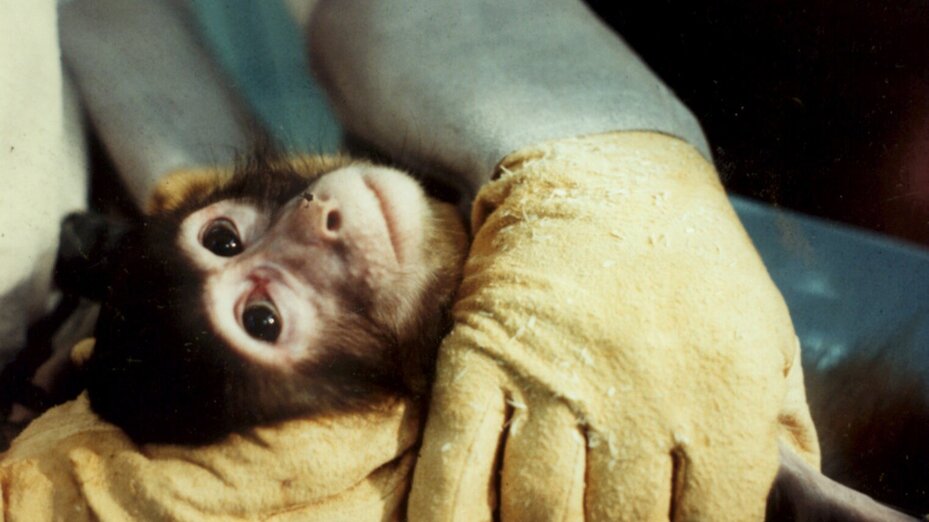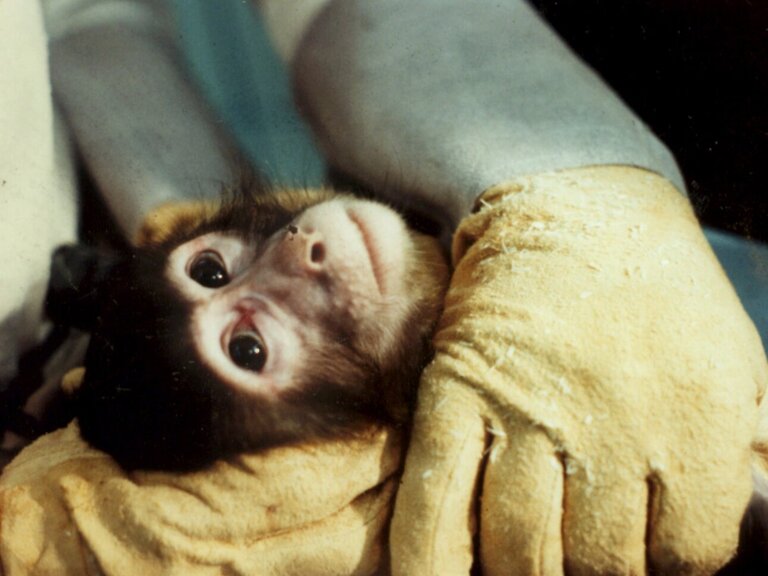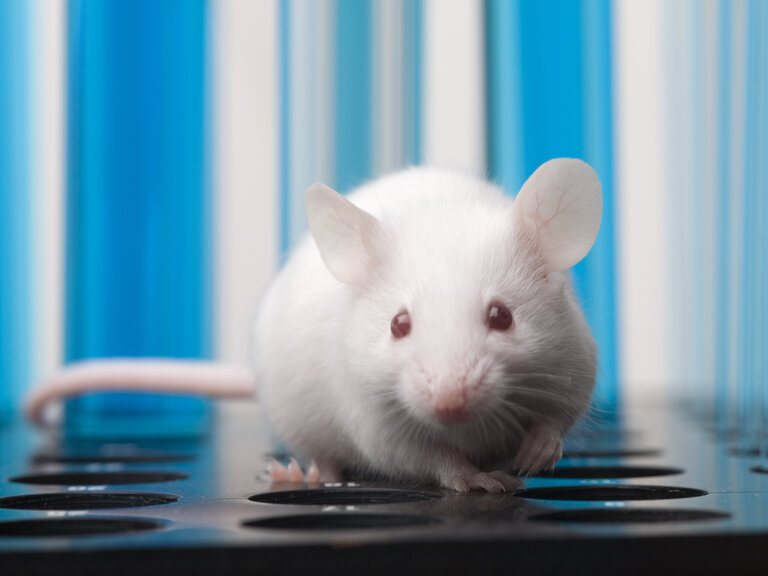The number of laboratory animals used in German laboratories remains alarmingly high: in 2022, 2,437,794 animals were used for scientific purposes and a further 1,769,437 were killed as "surplus animals", criticizes the German Animal Welfare Federation. The German Center for the Protection of Laboratory Animals (Bf3R) published the latest figures on laboratory animals today. The German Animal Welfare Federation is addressing the German government and is not only calling for the reduction strategy on animal testing promised in the coalition agreement, but is also calling for a complete switch to animal-free methods.
"There is still a lack of an overall political strategy and a reallocation of funding for a shift towards animal-free and human-relevant methods. However, the German government is not planning to phase out animal testing, but merely to reduce the number of laboratory animals. With this attitude, it is not only abandoning millions of laboratory animals, it is also failing to meet the requirements of the European Union and missing the boat in terms of progress without animal suffering. Only if something changes in the entire system will it be possible to massively and sustainably reduce the number of laboratory animals and prevent animal suffering. The German government must now use the remaining two years of the legislative period to achieve this," comments Thomas Schröder, President of the German Animal Welfare Federation.
INCREASE IN "USED" DOGS AND PRIMATES
In 2022, a total of 4,207,231 animals were "consumed" in the name of science. 2,437,794 of these were used for scientific purposes, i.e. they were used in experiments (1,725,855 animals) or were killed to remove and examine organs (711,939 animals). Compared to the previous year, the number of animals used fell slightly by 2.6 percent. Mice (1,865,514), fish (248,480) and rats (157,011) were used most frequently. However, 67,466 rabbits, 2,877 dogs, 2,267 primates and 538 cats also suffered and died in experiments. There were 352 more primates "consumed" than in the previous year, and the number of dogs increased by 219. In addition to the animals used for scientific purposes, 1,769,437 "surplus animals" were bred for scientific purposes but ultimately killed as surplus - often for purely economic reasons.
MORE THAN HALF OF THE ANIMALS SUFFER FOR BASIC RESEARCH
More than half of the animals (56 percent) were used purely for basic research, without any concrete or foreseeable benefit from the test results. 16 percent of laboratory animals were used in the production or quality control of medical products or for toxicological safety tests, such as those prescribed for chemicals or pesticides. 14 percent were used in applied research, such as research into diseases in humans and animals. A total of 62,377 animals suffered the highest degree of pain, suffering or harm in the experiments. One example of this is death by suffocation following the injection of toxic substances.
Note to editors: As part of its current campaign "Now more animal protection!", the German Animal Welfare Federation provides information on which announcements from the coalition agreement have already been tackled by the coalition government and where there have only been empty promises so far - including on the subject of animal experiments: www.jetzt-mehr-tierschutz.de/tierversuche








